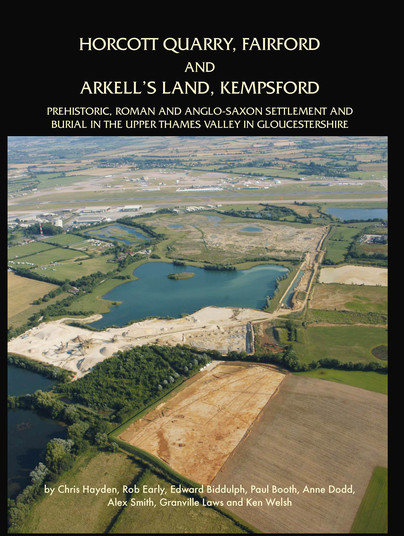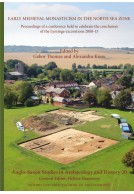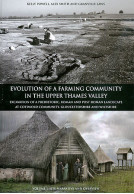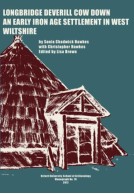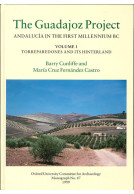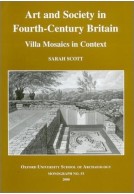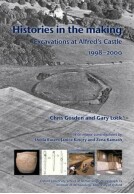Google Books previews are unavailable because you have chosen to turn off third party cookies for enhanced content. Visit our cookies page to review your cookie settings.
Horcott Quarry, Fairford and Arkell’s Land, Kempsford (Hardback)
Prehistoric, Roman and Anglo-Saxon Settlement and Burial in the Upper Thames Valley in Gloucestershire
Imprint: Oxford University School of Archaeology
Pages: 552
Illustrations: 259 illustrations, 134 tables
ISBN: 9781905905386
Published: 31st May 2017
Script Academic & Professional
Pages: 552
Illustrations: 259 illustrations, 134 tables
ISBN: 9781905905386
Published: 31st May 2017
Script Academic & Professional
You'll be £25.00 closer to your next £10.00 credit when you purchase Horcott Quarry, Fairford and Arkell’s Land, Kempsford. What's this?
+£4.99 UK Delivery or free UK delivery if order is over £40
(click here for international delivery rates)
Order within the next 7 hours, 6 minutes to get your order processed the next working day!
Need a currency converter? Check XE.com for live rates
(click here for international delivery rates)
Order within the next 7 hours, 6 minutes to get your order processed the next working day!
Need a currency converter? Check XE.com for live rates
Excavations in advance of gravel quarrying in the Upper Thames Valley at Horcott Quarry, Fairford, and nearby Arkell’s Land, Kempsford, revealed contrasting pictures. At Horcott, on the second terrace, there was periodic activity from the early Mesolithic onwards. A major earlier Iron Age settlement contained roundhouses and at least 135 four-post structures, suggesting an exceptional focus on grain storage. An early–middle Roman farmstead incorporated a small stone-founded building, while from c AD 250–350 a large cemetery lay in an adjacent enclosure. Two further groups of burials were contemporary with a substantial Anglo-Saxon settlement including a timber hall and 33 sunken-featured buildings.
By contrast, at Arkell’s Land, on the first gravel terrace, activity on a significant scale only began in the later 1st century AD. It comprised enclosures, field systems and trackways, with the most intensive settlement, as at Horcott, in the middle Roman period. The site was probably linked to an adjacent estate centre at Claydon Pike. There was no post-Roman occupation.
Other titles in Oxford University School of Archaeology...







